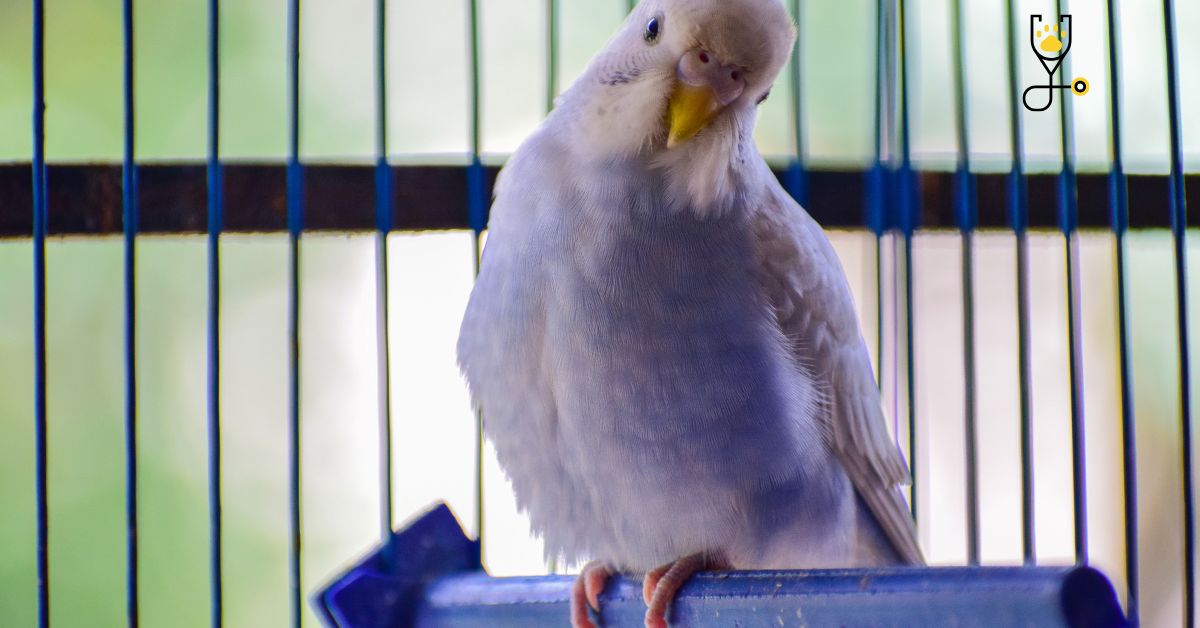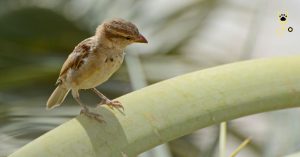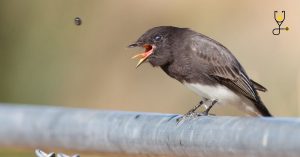Are you thinking of adding a splash of color to your pet’s home? Painting a bird cage can be an easy and fun way to spruce up the environment for your companion. The colors you choose will set the whole scene for their space, so take time to consider what atmosphere would make them feel most at home. In this blog post, we’ll provide step-by-step instructions for how to paint a bird cage safely, as well as some tips on choosing colors and creating designs. Get ready to add life and vibrancy into your feathered friend’s living quarters!
How important it is to color the birdcage
The color of your bird cage can have a huge impact on their well-being and the atmosphere. If you want to create a more stimulating environment, vibrant colors can help bring life into the space and provide playful opportunities for them to explore. On the other hand, if you want to create a calming and inviting atmosphere, pastel shades are a great option as they provide a softer and more peaceful aura.
Also read: Why Round Cages Are Bad for Birds?
Instruments Required
Before you get started with the painting process, it’s important to make sure you have all the materials and tools that you need. You’ll need:
• A birdcage
• Sandpaper
• A putty knife or wire brush
• Primer
• Acrylic paint of your choice
• Paintbrush and/or sponge
• Clear sealant or varnish for protection
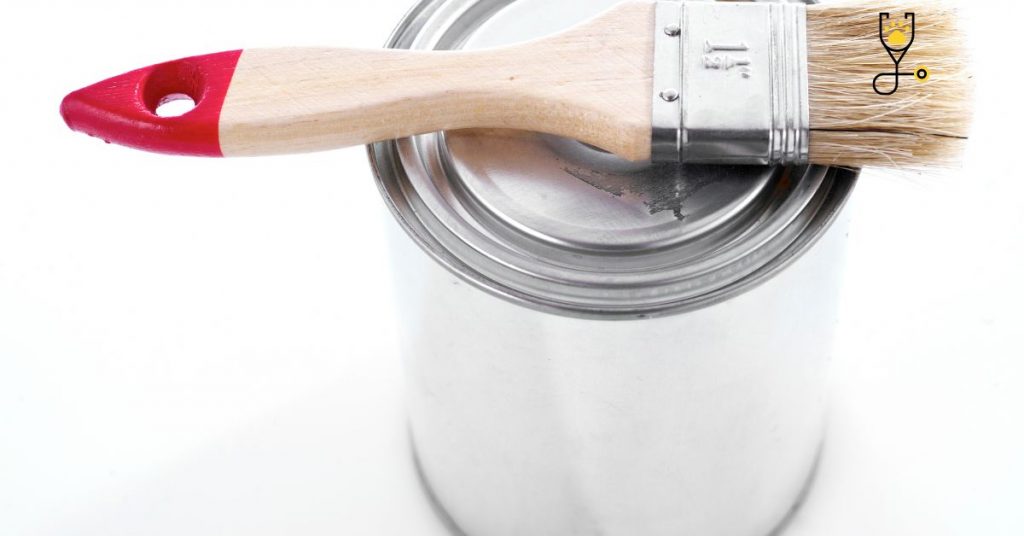
Preparation of cage
Your first step should be to give the cage a good scrub down. This will help remove any dust and grime that has built up on the surface over time, as well as any residue from previous coats of paint. You can use a putty knife or wire brush to scrape away at the old paint if needed.
Once you’ve given it a good clean, you should then sand down the entire surface of the cage. This will give the new layer of paint something to stick to more effectively and result in a better finish.
Coloring the Cage
Once you’ve chosen the perfect color for your bird cage, it’s time to get started with the painting process. Before you begin though, make sure you apply a primer coat over the entire surface of the cage. This will help ensure that the paint adheres better and create a smoother finish once it’s been applied. Once the primer is dry, you can begin painting the cage with the color of your choice. If you’re using a brush, make sure to use even strokes and work in small sections at a time. Alternatively, if you’re going for a multi-colored design or patterned stencils, now is the time to apply them. Finally, once everything is dry, apply a sealant or varnish to the cage. This will act as an extra layer of protection against scratches and wear and tear.
Best Colours for Painting A Bird Cage
When it comes to choosing the paint color for your bird cage, there are several options available. If you’re looking for something subtle and calming, pastel shades are a great choice. Light blues, greens, yellows, and pinks work well in this regard. Alternatively, if you’re looking to create a more vibrant atmosphere, brighter shades such as deep reds and oranges can work wonders. Finally, if you’re feeling creative you could opt for a multi-colored design or use stencils to create patterns.
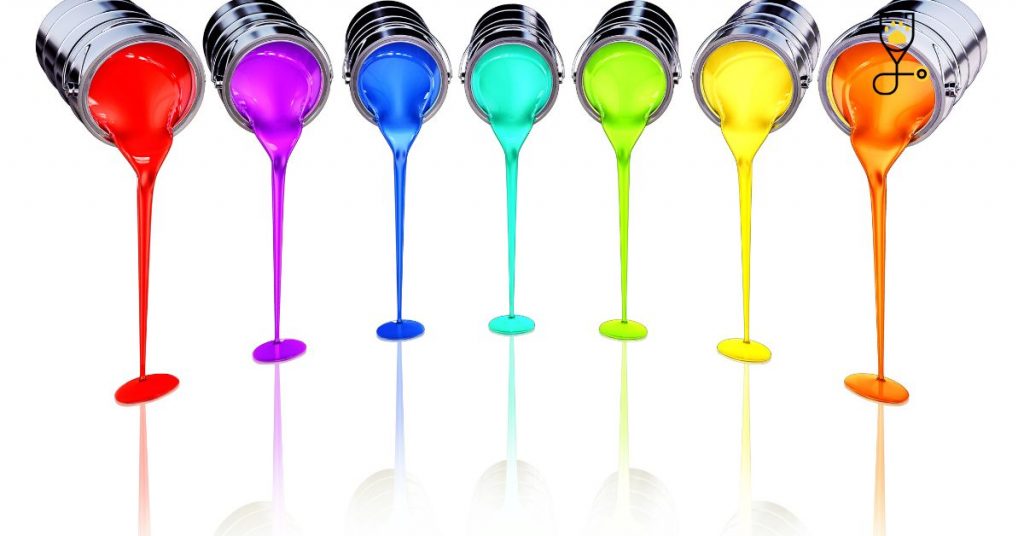
Colors not recommended
When it comes to painting your birdcage, there are a few colors that we recommend avoiding. These include white, black, and dark blues or greens as they can create a dulling environment for your pet.
Putting the bird back in the cage
Once you’ve finished painting your birdcage, it’s time to put your feathered friend back in their new and improved home. Keep an eye on them over the first few days as they get used to the changes and make sure any loose paint or primer is not being ingested. Finally, enjoy watching your pet explore and interact with their new living quarters!
By taking the time to paint your bird cage, you can create a unique and stimulating environment for your pet while also boosting their mental health and well-being. With these tips in mind, you’ll be able to customize your own special space with ease. So grab your painting materials, get creative, and make sure that your pet is living its best life!
Also Learn: 12 Tips for Maintaining a Clean Bird Cage
Conclusion
Painting a birdcage is a great way to provide your pet with an interesting and stimulating environment. With careful preparation and the right materials, you can create a unique space that will be both fun and safe for them. Make sure to choose colors that are appropriate for the age of your pet and always check for any loose paint or primer before putting them back in the cage. Enjoy watching your pet explore their new home and take pride in knowing that you’ve provided them with a unique and exciting living space!
Happy painting!
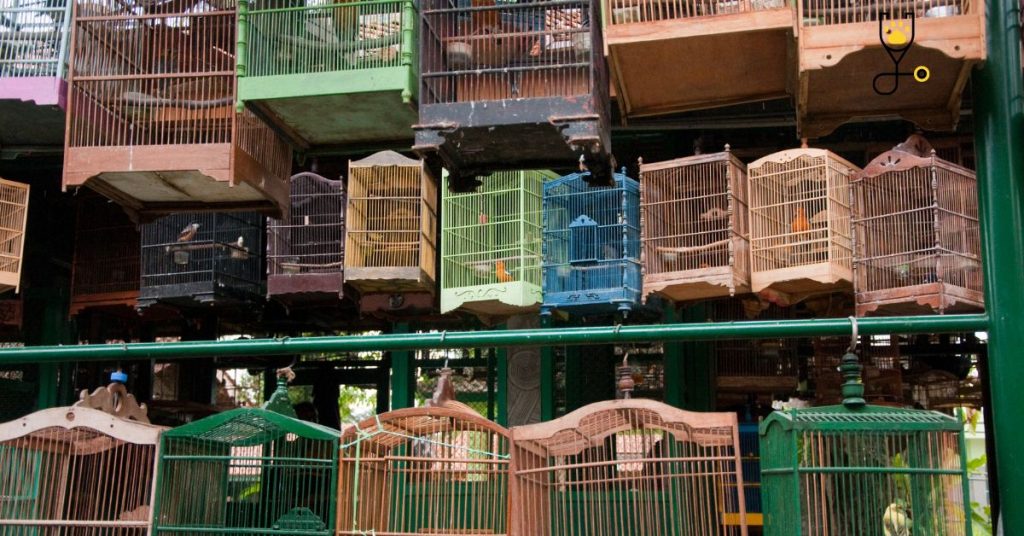
Frequently Asked Questions
Q: Can I use regular paint to paint a birdcage?
A: We recommend avoiding the use of regular paints when painting a birdcage. Instead, opt for acrylic or water-based products that are specifically designed for cages and other pet enclosures.
Q: Is there any way to protect my bird from ingesting paint chips?
A: Yes, you can apply a sealant or varnish over your finished work once it’s fully dry. This will act as an extra layer of protection against scratches and wear and tear as well as any accidental consumption of paint chips.
Q: How often should I repaint my birdcage?
A: It really depends on how often your pet interacts with the cage and the wear and tear it’s exposed to. As a general rule, we recommend repainting your birdcage at least every two years or so to keep things looking fresh and vibrant.
Q: Is there any way to make the painting process easier?
A: Yes! If you have multiple cages, use stencils or stampers instead of brushes for a faster but still professional-looking finish. You can also opt for spray paints if you’re looking for an even quicker solution. Just make sure that whatever paint you use is non-toxic and designed specifically for pet enclosures.
Q: Is there anything else I should keep in mind when painting a birdcage?
A: Before you begin, make sure that the surface to be painted is clean and free of dust or debris. And always give the paint time to dry thoroughly before introducing your pet back into the cage. Lastly, if you’re using bright colors, make sure that they don’t create a glare that could cause distress for your pet. Keep these tips in mind and your feathered friend will have their dream home in no time!
Q: What are some fun ways to customize a birdcage?
A: There are plenty of fun ways to customize a birdcage and make it truly unique. Consider adding decals or stickers, painting intricate designs or patterns, or even incorporating items like small toys into the design. Have fun and be creative – you never know what cool ideas you’ll come up with!

